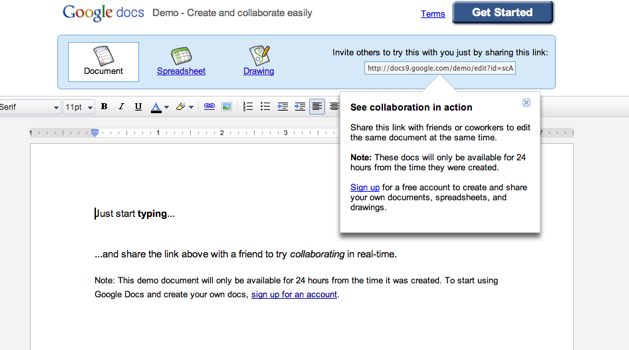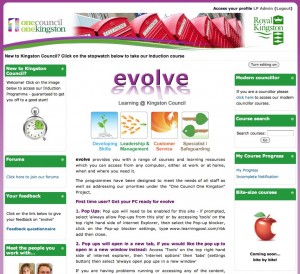John Naughton‘s Observer piece on the iPad is well worth reading in full:
It’s when one tries to use the iPad for generating content that its deficiencies become obvious. The biggest flaw is the absence of multitasking, so you have to close one app to open another, which is a bit like going back to the world of MS-DOS. Email, using the on-screen virtual keyboard, works fine, and if you buy Apple’s text-processing app, Pages, then you can create documents. But the hoops one has to go through to pull existing documents in for editing are ludicrously convoluted and there’s no way one can easily print from the device.
Further, his week long diary is also a great bit of writing about what this device is actually for:
- The week has reminded me of how much I value my laptops (MacBook Air and Hackintosh netbook)
- The iPad is primarily a consumption device — and is very good for that. But it’s hopeless for originating or editing existing stuff. It doesn’t fit into my personal workflow. At the moment, it can’t handle digital cameras (though Quentin tells me there’s an optional USB-type connector available) and doesn’t have an onboard camera, so much inferior to iPhone in that respect.
- The huge sales of the iPad suggest that Apple has discovered another profitable market niche — between laptop and smartphone. If so, then it isn’t the elderly, PC-less folks of this world. To make use of the iPad you need (a) access to a machine running iTunes; and (b) access to a wi-fi network.
- For me, the iPad turns out to belong to the category “nice to have but not essential”. It’s beautifully made, but overpriced (esp in UK) and heavy.
- I can see that I might find it useful in some circcumstances — e.g. a day spent travelling away from base when all I need is email, web browsing and small amounts of writing. For some people, that may be all they need.
- Finally, I can’t see it making big inroads as an eBook reader, somehow. Of course the big screen is an advantage. But it’s offset by the increased weight, and the poor performance in bright sunlight. And it’s too bulky to carry around. When I compare it with the Eucalyptus App on my iPod Touch — which enables me to carry, for example, the entire text of Ulysses in my pocket. Given that the iPad is only marginally heavier than my hardback Everyman edition of Joyce’s novel — and I don’t carry that around — well, you can see that the Pad is no competition for the Touch.
This pretty much matches my experience. The iPad is wonderful for informal consumption of content quick browsing whilst sat on the sofa, scanning through PDFs and other documents, chatting on Twitter etc. But trying to create anything significant on it is presently a nightmare, and it’s not a Kindle-killer for me.
Update: Andrea Di Maio has posted his thoughts too:
What the iPad has turned into is a compelling professional device. I use it to take notes during meetings, to show slides to small groups around the table, as well as to do formal presentations (I bought the dongle to connect to VGA projectors). Most of my blog posts are now drafted on the iPad, an so are my research notes. When I find a wifi hotspot I just send those as attachments to my Gartner email, where I import into the relevant tool.



